Books
This page features my authored books, edited volumes, and special journal issues. My work focuses primarily on the electric guitar, metal music production, and popular music studies. Many of these books are the result of collaborative projects with colleagues from institutions around the world.
Published Books
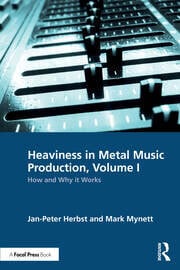
Heaviness in Metal Music Production: How and Why It Works (Vol. 1)

Heaviness in Metal Music Production: Learn From the Masters (Vol. 2)
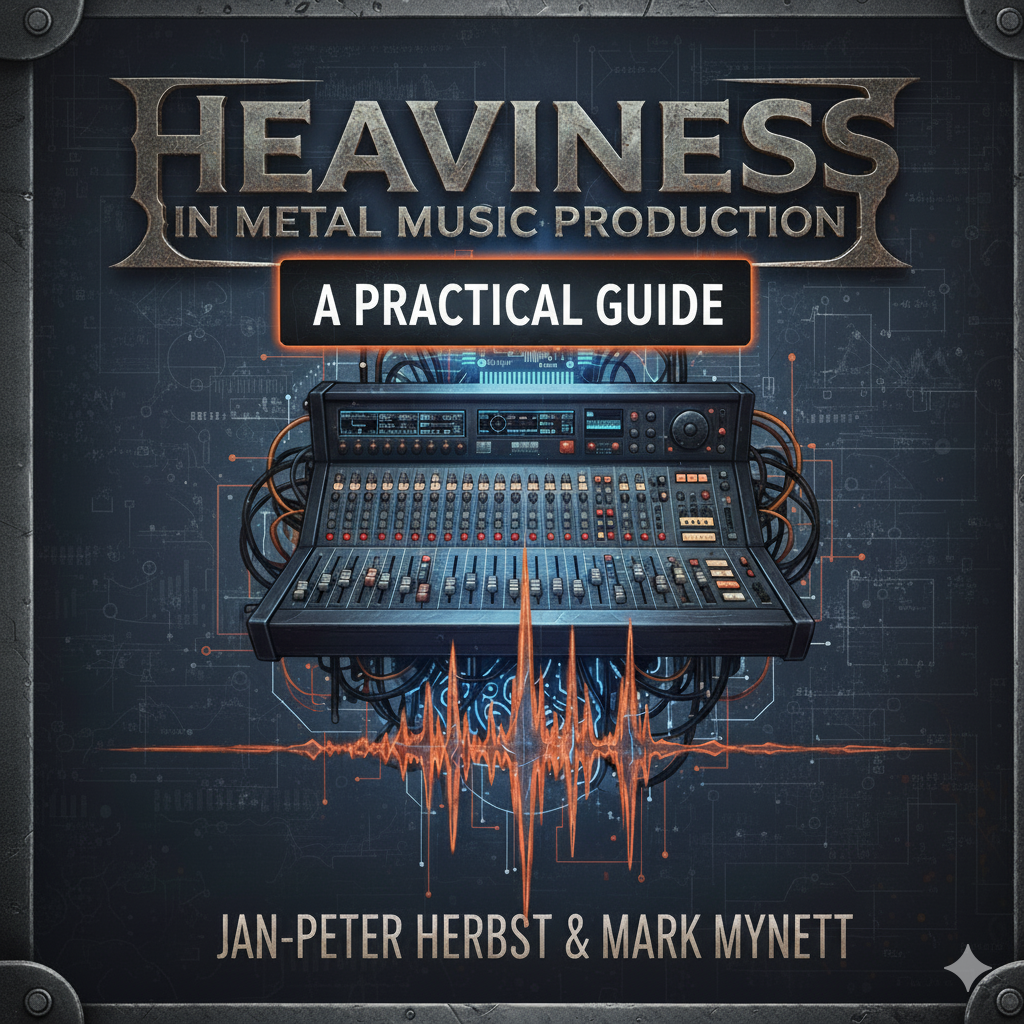
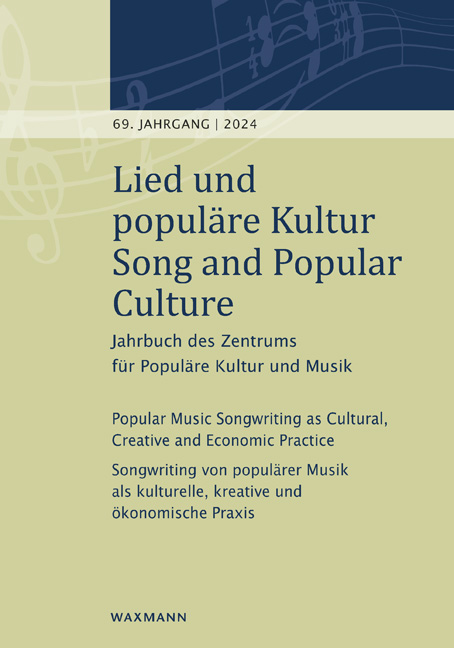
Popular Music Songwriting as Cultural, Creative, and Economic Practice
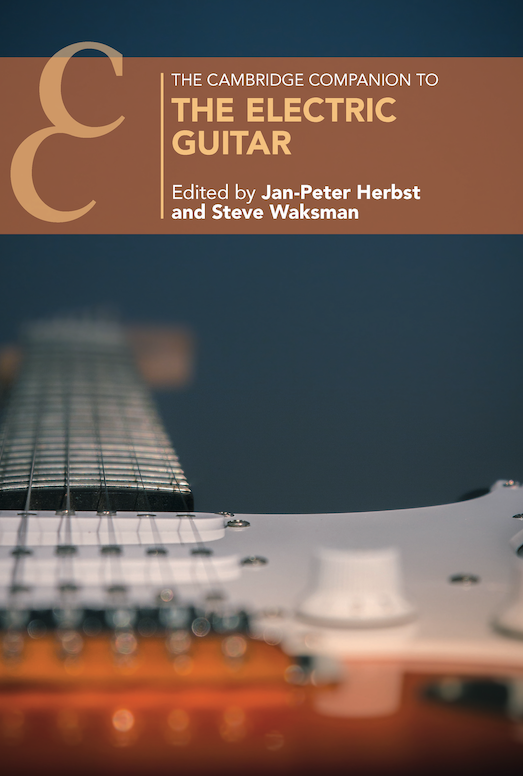
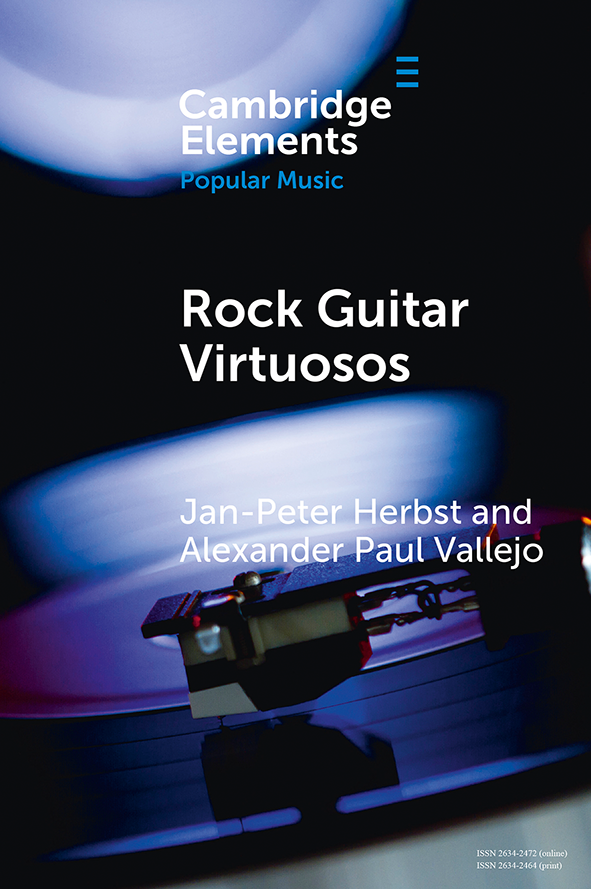
Rock Guitar Virtuosos: Advances in Electric Guitar Playing, Technology and Culture
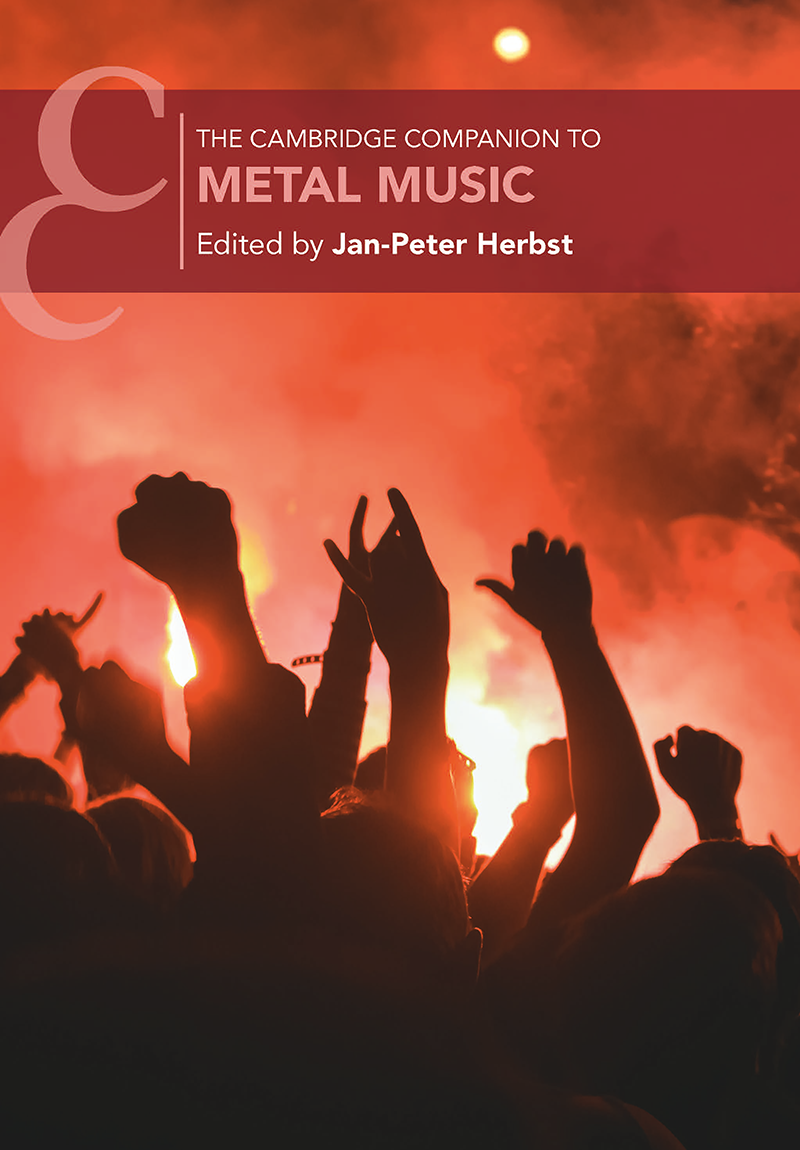
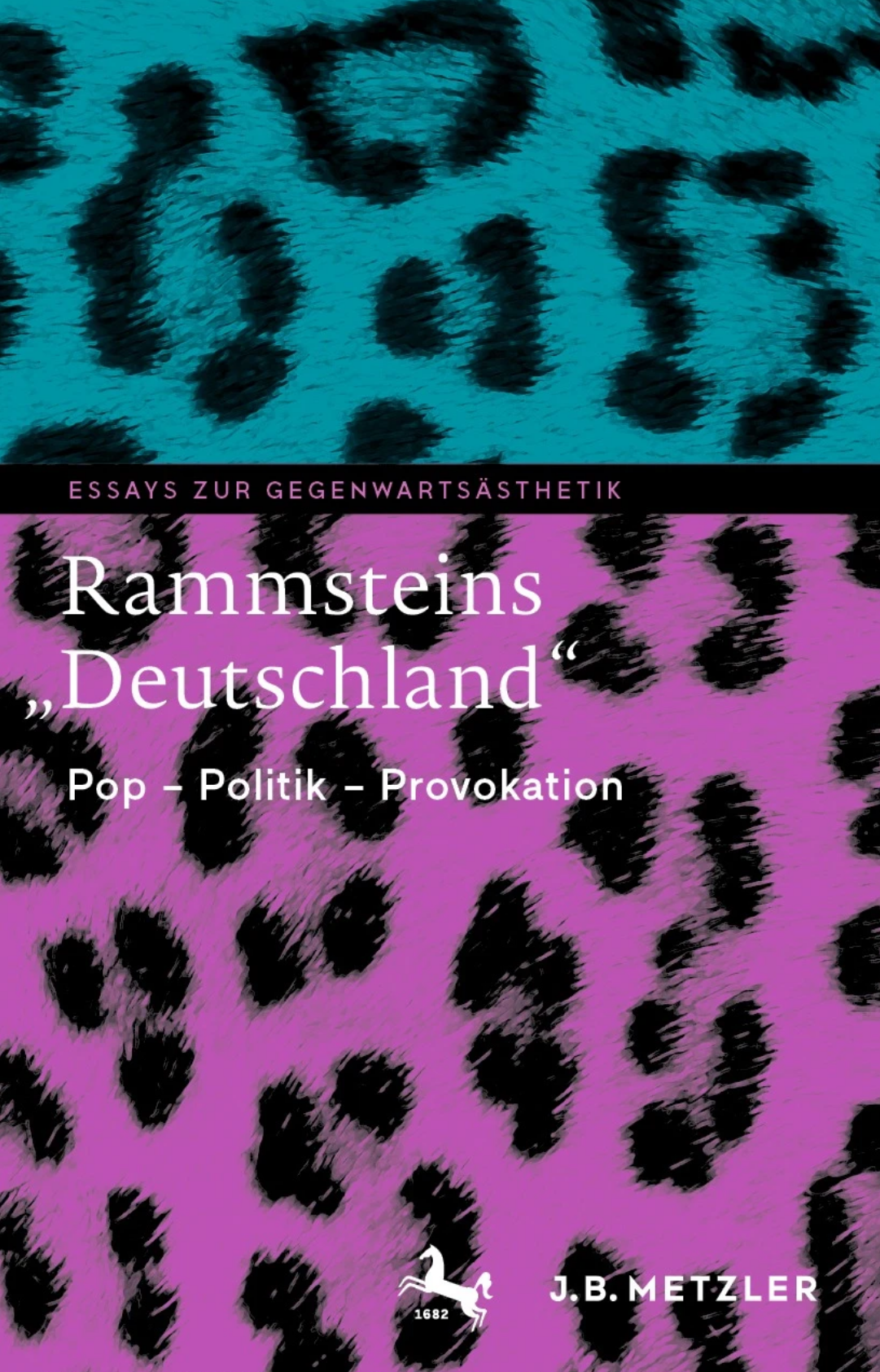
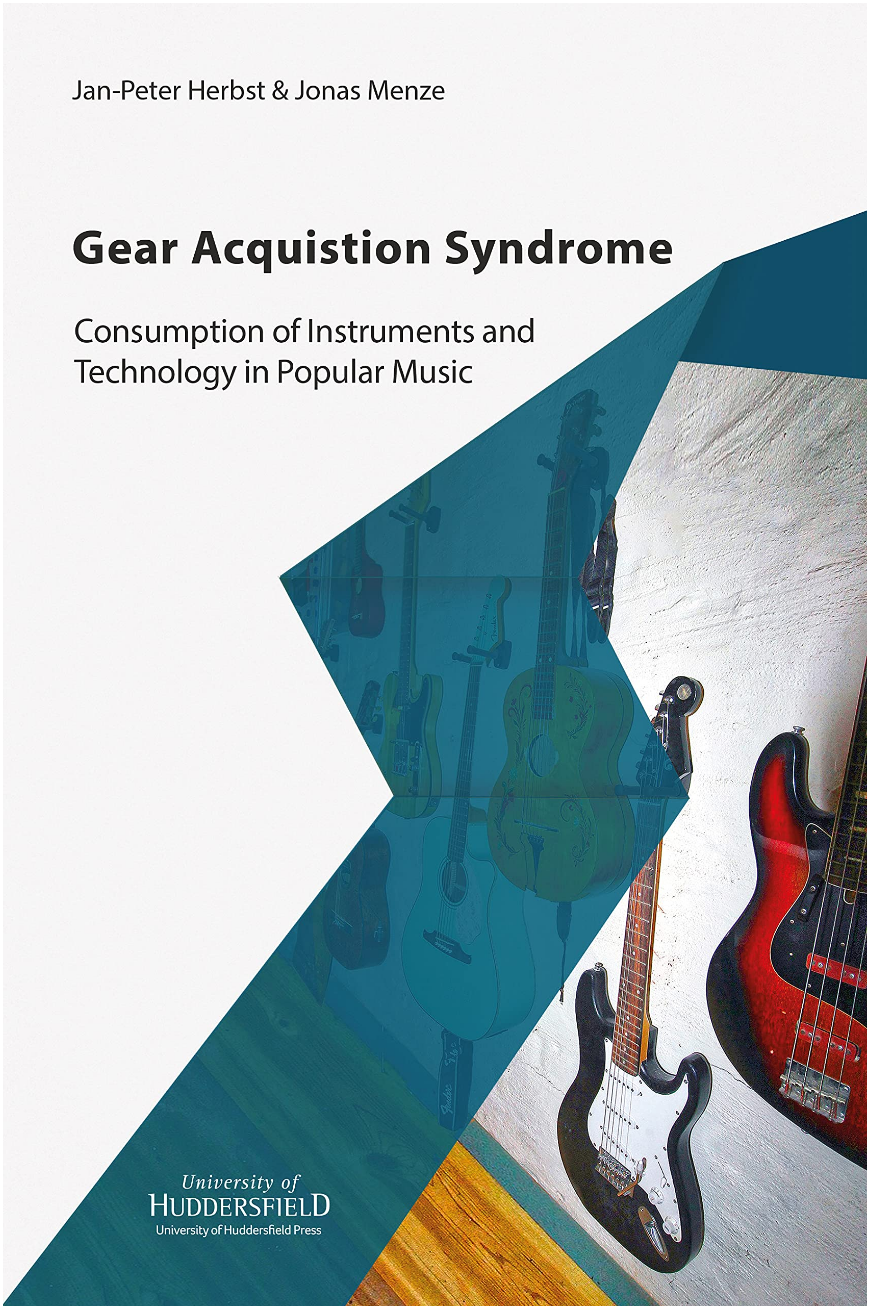
Gear Acquisition Syndrome: Consumption of Instruments and Technology in Popular Music
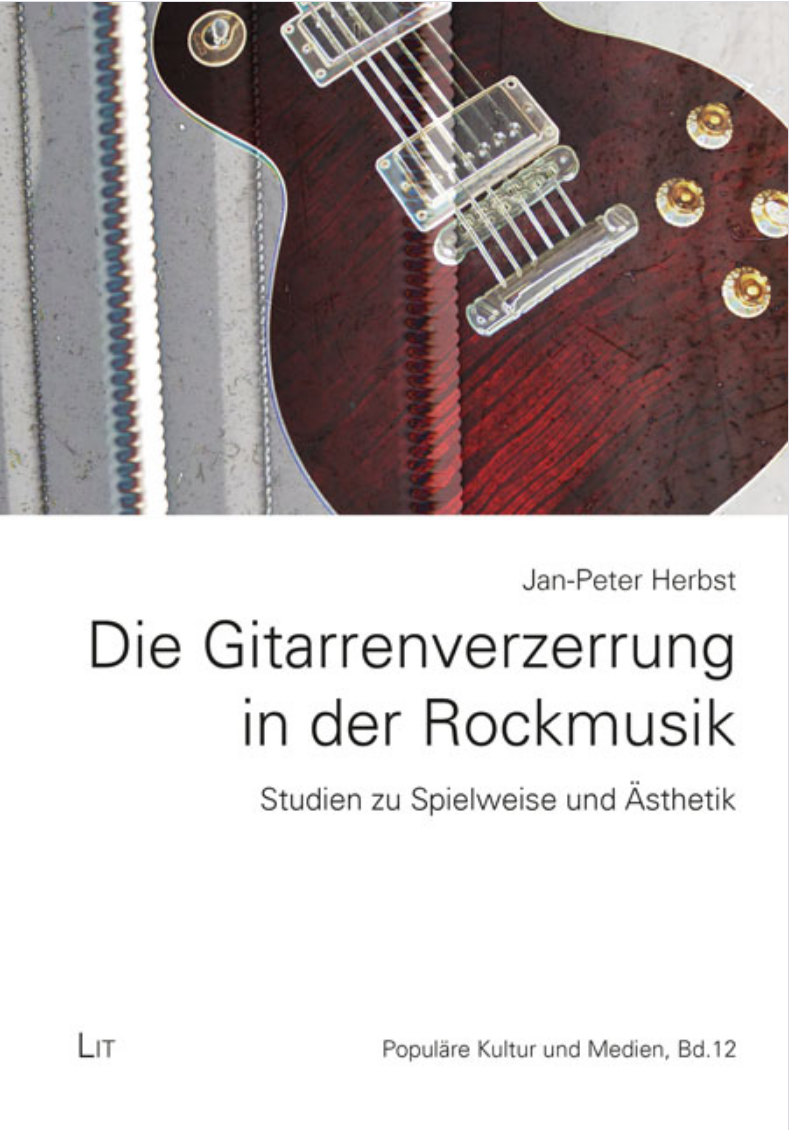
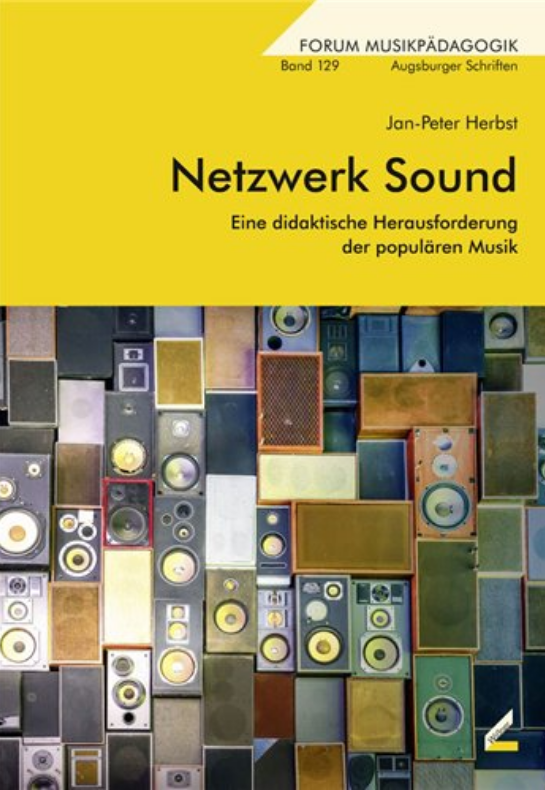
Forthcoming Books

Songwriting Camps in the 21st Century
Edited Special Issues
Special issue "Exploring Audio and Music Technology in Education: Pedagogical, Research and Sociocultural Perspectives"
Journal of Music, Technology and Education (with Daniel Walzer, Jude Brereton & Mariana Lopez)
View Special Issue
Special issue "Crises at Work: Potentials for Change?"
IASPM Journal (with Michael Ahlers)
View Special Issue
Special issue "Crosstown Traffic"
Metal Music Studies, 7(3) (with Karl Spracklen)
View Special Issue
Issue "Music and Art"
Musik und Unterricht, vol. 126.
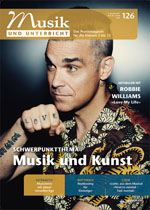
Book Reviews
On The Cambridge Companion to Metal Music
Elena Bos
"Overall, the volume manages to fulfil its promise of »providing a broader scope and an overview of metal music studies« (3). Readers will gain a sense of the diversity within metal as a distinct music culture, but also of the broad range of disciplinary approaches and perspectives in metal research. Contributions mostly provide a sound recapitulation of established theories within the field, and, along with the annexed bibliography, which encompasses most of the important recent secondary literature, invite further reading. […] the volume demonstrates the nuanced and constructively critical thinking prevalent in this academic niche, which makes it an essential reading both for established as well as new metal studies scholars and will hopefully inspire more innovative research." (original review)
On The Gear Acquisition Syndrome
Dr Reinhard Kopanski:
"The study 'Gear Acquisition Syndrome: Consumption of Instruments and Technology in Popular Music' by Jan-Peter Herbst and Jonas Menze addresses these almost limitless possibilities for upgrading one's own equipment. The authors present […] a first comprehensive academic study on the 'Gear Acquisition Syndrome' in which the phenomenon is explored in a multi-method manner. […] All in all, Gear Acquisition Syndrome is a thoroughly entertaining book, but one with a lot of (methodological and theoretical) requirements and demands a certain affinity for music technology as well as a basic understanding of sound designing and engineering practices. Theoretically and methodologically, the study is well done." (original review)
